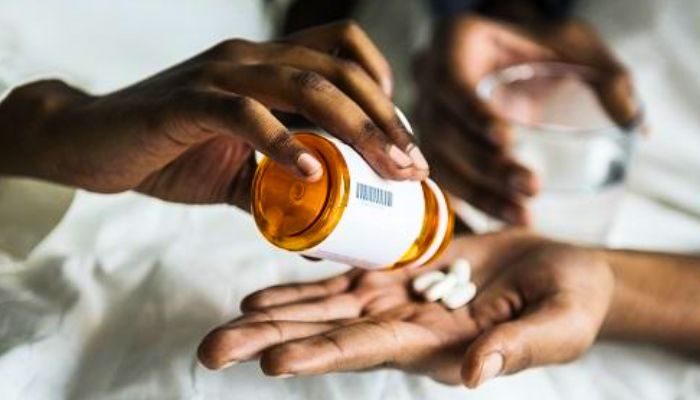No products in the cart.
Hydroxychloroquine
Dosage and Administration of Hydroxychloroquine
Hydroxychloroquine, an antimalarial agent with versatile therapeutic potential, has found its way into numerous medical cabinets globally. This drug, in use since the mid-20th century, has been leveraged for various conditions, ranging from its primary purpose against malaria to autoimmune diseases and, more recently, as a controversial agent in the fight against COVID-19. This introductory overview provides a brief glimpse into the origins, pharmacology, and diversified applications of hydroxychloroquine.
Therapeutic Applications of Hydroxychloroquine
Before delving into dosage specifics, let’s address the various conditions where hydroxychloroquine has proved beneficial:
Malaria: Hydroxychloroquine is a well-established antimalarial drug, primarily used for prophylaxis and treatment of malaria caused by Plasmodium vivax, P. ovale, or P. malariae (CDC, 2020).
Rheumatoid Arthritis (RA) and Systemic Lupus Erythematosus (SLE): In auto-immune conditions like RA and SLE, hydroxychloroquine moderates the immune response, reducing symptoms and disease progression (Schrezenmeier & Dörner, 2020).
COVID-19: Amid the COVID-19 pandemic, hydroxychloroquine was explored as a potential treatment, although subsequent studies have cast doubt on its efficacy (RECOVERY Collaborative Group, 2020).
Recommended Dosage and Frequency of Use
The dosage and frequency of hydroxychloroquine are contingent on the specific disease being treated, patient’s age, body weight, and overall health condition.
Malaria: For adults, the typical dose for treatment is 800 mg initially, followed by 400 mg after 6 to 8 hours, then 400 mg each day for the next two days, totaling a four-day treatment (CDC, 2020).
RA and SLE: The usual adult dosing for RA is 400-600 mg daily, while for SLE, it is typically 200-400 mg daily. Doses are often adjusted to the lowest effective amount to reduce potential side effects (Schrezenmeier & Dörner, 2020).
COVID-19: During the pandemic, various dosing regimens were explored. However, no conclusive, universally accepted dosage was established due to inconsistent clinical trial results (RECOVERY Collaborative Group, 2020).

Guidance on Safe Administration of Hydroxychloroquine
Hydroxychloroquine should be taken orally, typically with food or milk to minimize gastrointestinal discomfort. It is crucial to follow the prescribed dosage and not exceed the maximum recommended dose due to the risk of retinopathy and other side effects.
Closing On Dosage and Administration of Hydroxychloroquine
Hydroxychloroquine, a derivative of chloroquine, has shown considerable versatility in its therapeutic applications, from malaria prevention to controlling autoimmune diseases, and even potential management of COVID-19. The efficacy of this drug is closely linked to its judicious use, particularly in terms of dosage and administration.
Dosage and frequency are contingent on several factors, including the specific disease, patient’s age, weight, and overall health status. For instance, malaria treatment often requires an initial high dose, followed by a tapered regimen, while the management of autoimmune conditions like RA and SLE involve lower, consistent daily dosages.
The administration of hydroxychloroquine is typically oral, usually taken with food or milk to mitigate gastrointestinal discomfort. Importantly, patient adherence to the prescribed regimen and regular follow-ups with healthcare professionals are crucial for optimizing treatment outcomes and monitoring potential side effects.
Despite its widespread use and benefits, hydroxychloroquine is not devoid of risks. Overdosing can lead to severe side effects, including retinopathy. Therefore, careful dosage considerations, patient education, and routine health monitoring are of paramount importance.

